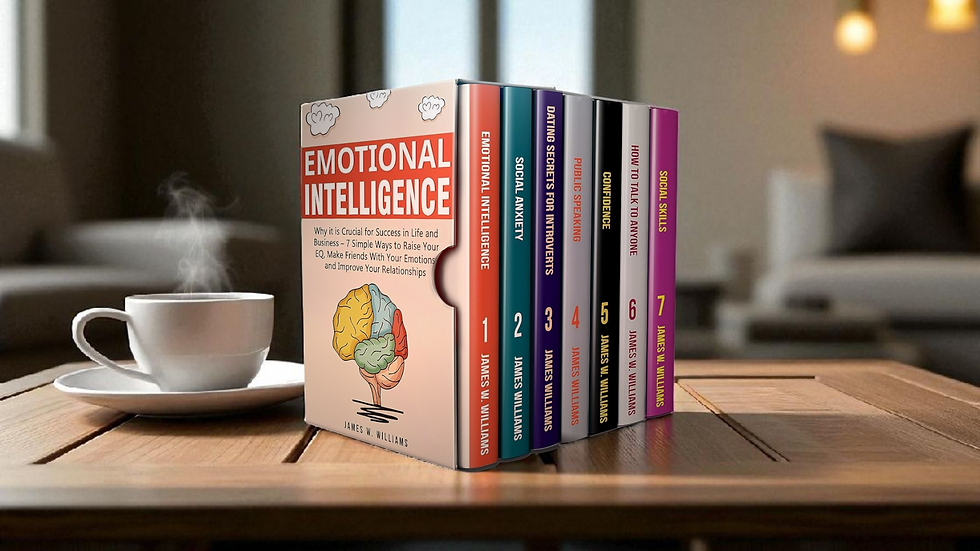方向盤後的未爆彈:路怒症如何侵蝕台灣交通安全?
- Nata Lin 林詮宗

- 5月21日
- 讀畢需時 5 分鐘
已更新:6月8日
引擎的轟鳴、喇叭聲此起彼落,還有駕駛人破口大罵的怒吼——這些不是動作電影的音效,而是台灣每日通勤時段的寫照。而在這喧囂背後,一種不容忽視的心理現象悄悄蔓延——路怒症(Road Rage)。
路怒症是什麼?比你想像的還危險
所謂路怒症,不只是開車罵髒話那麼簡單,而是指駕駛人在開車時因情緒失控,做出危險或具攻擊性的行為。例如逼車、惡意切換車道、使用遠光燈騷擾他人,甚至下車爭吵、破壞他人車輛,嚴重者還會將車輛當成武器,釀成悲劇。

導火線看似是擁擠的車流或他人違規,其實根源往往來自駕駛者本身:情緒壓力未妥善處理、缺乏同理心、自我中心,或將汽車視為「領地」的心態。一旦感受到挑釁,便如同點燃導火線。
台灣交通現況:點燃怒火的絕佳條件
台灣的道路環境本身就極具挑戰性。狹窄的空間內擁擠著汽車、機車、公車與行人;交通號誌標示不清、車位難尋,處處皆是挑戰駕駛耐性的考驗。
再加上部分駕駛人習慣違規、不打方向燈、任意超車,讓守法駕駛者無形中壓力倍增。而生活壓力已大的現代人,也很容易將情緒帶上車,讓方向盤變成情緒的出口。
路怒症的代價:不只是情緒的出口,更是社會的傷口
路怒症造成的影響不僅止於路上的吵架與糾紛。它還可能導致:
交通事故風險上升:情緒失控導致判斷力下降,更容易發生超速、急煞、危險變換車道等行為,增加車禍機率。
駕駛信任感瓦解:道路充滿敵意與懷疑,駕駛者之間缺乏互信,進一步惡化交通文化。
暴力行為常態化:若未嚴加處理,可能讓「以暴制怒」變成一種「學習對象」,讓更多人模仿。
社會資源耗損:處理因路怒引發的糾紛、醫療與司法資源成本高昂。
城市形象受損:交通亂象與駕駛惡習,不僅讓市民苦不堪言,也影響國際觀感與觀光吸引力。
該如何讓路上的火氣降溫?
面對路怒症,我們需要全社會共同行動:
對駕駛人:
學會自我情緒調節:如感到情緒升高,可深呼吸、播放輕鬆音樂,或短暫停車休息,避免衝動行為。
正確認知道路權利:道路屬於所有人,不是私領域,彼此尊重、禮讓才是安全之道。
安全駕駛守則:若發現有挑釁或危險駕駛者,應保持距離、不與之爭執,優先保障自身安全。
對政府與社會:
優化交通設計與維修:提升標線清晰度、紅綠燈配置、設置足夠車位,減少駕駛煩躁感。
嚴格執法與教育並行:對違規與挑釁行為加強處罰;駕照考試中納入情緒管理與交通禮儀教育。
設立心理協助資源:為容易情緒失控者提供心理輔導或求助管道。
強化宣導與正向文化建構:透過媒體、公部門、教育等管道,推廣禮讓、耐心、尊重的駕駛風氣。
方向盤是責任,不是情緒的出口
路怒症背後,是個人情緒控管的問題,也是社會整體壓力與文化的縮影。每一位駕駛人,都握有改變現況的鑰匙。當我們願意從「我」開始,控制情緒、尊重他人,也支持制度改善與教育推廣,才能真正讓台灣的馬路不再是怒火交鋒的戰場,而是人人安心通行的安全之路。
----------------------
The Ticking Time Bomb Behind the Wheel:
How Road Rage Is Undermining Traffic Safety in Taiwan
The roar of engines, blaring horns, and furious shouting—these aren't sound effects from an action movie, but the daily soundtrack of Taiwan’s rush hour. Beneath this chaos lies a quietly growing psychological issue with real-world consequences: Road Rage.
What Is Road Rage? It’s More Dangerous Than You Think
Road rage is more than just shouting profanities while driving. It refers to aggressive or violent behavior triggered by driving-related frustrations. These actions can range from tailgating and abrupt lane changes to flashing high beams at other drivers, verbal abuse, or even physical confrontations. In extreme cases, drivers weaponize their vehicles, causing serious accidents or injuries.
While such incidents often appear to be reactions to traffic congestion or another driver's mistakes, the real cause often lies deeper—unmanaged stress, low emotional control, a lack of empathy, or the mindset that treats a car as personal territory. For some drivers, any perceived offense becomes a personal attack, igniting uncontrollable rage.
Taiwan’s Roads: A Perfect Storm for Road Rage
Taiwan’s complex traffic environment creates a fertile ground for frustration. Narrow streets are often overcrowded with cars, scooters, buses, and pedestrians. Poorly marked lanes, confusing signage, and a severe lack of parking only add to the daily stress.
Moreover, driving etiquette is inconsistent. Many drivers disregard traffic rules—failing to signal, cutting off others, or refusing to yield—escalating tensions on the road. Combined with the pressures of modern life, the car becomes a convenient outlet for emotional release.
The Cost of Road Rage: A Social Wound That Runs Deep
Road rage isn’t just a private emotional issue—it has far-reaching effects on society:
Increased Accident Risk: Emotional instability impairs judgment. Aggressive driving leads to speeding, sudden braking, and erratic lane changes—major causes of traffic collisions.
Erosion of Trust Between Drivers: Roads filled with suspicion and hostility foster a culture of fear rather than cooperation, worsening the overall traffic climate.
Normalization of Violence: If road rage incidents aren’t addressed appropriately, they may become seen as "acceptable reactions," leading others to mimic violent responses.
Drain on Social Resources: Dealing with the fallout from road rage—accidents, hospitalizations, legal disputes—consumes significant public resources that could be better used elsewhere.
Damage to Urban Image: Aggressive driving and chaotic traffic hurt Taiwan’s reputation, discouraging tourism and investment.
How Can We Cool the Fire on the Roads?
Solving the road rage problem requires effort from both individuals and institutions.
For Drivers:
Learn to Manage Emotions: If you feel anger rising while driving, take a deep breath, play calming music, or pull over for a break. Avoid using your car as an emotional outlet.
Adopt a Healthy Driving Mindset: Remember, roads are shared public spaces. Don’t assume others are out to offend you—be patient and give others the benefit of the doubt.
Drive Defensively, Not Aggressively: If you notice an aggressive driver nearby, don’t engage. Keep your distance and prioritize your own safety.
For Government and Society:
Improve Infrastructure: Clearer road markings, smarter traffic signals, and adequate parking can reduce daily frustrations for drivers.
Enforce Laws and Promote Education: Strict penalties for dangerous driving behavior are essential. In parallel, driver education should include emotional regulation and courteous driving practices.
Provide Mental Health Support: Establish accessible psychological services for individuals who struggle with anger or emotional regulation behind the wheel.
Promote a Culture of Courtesy: Public campaigns, media engagement, and education should reinforce the values of patience, empathy, and mutual respect on the road.
The Steering Wheel Is a Responsibility, Not an Outlet
Road rage reflects deeper societal and psychological issues. Every driver holds the power to either fuel conflict or create calm. By managing our own emotions, showing respect to others, and supporting systemic improvements, we can defuse the ticking time bombs on our roads. Let’s turn Taiwan’s streets from battlegrounds of frustration into pathways of safety and trust—for everyone.
作者:Nata Lin 導演
英文編輯:Bruno Huang 溝通教練
.jpg)





留言